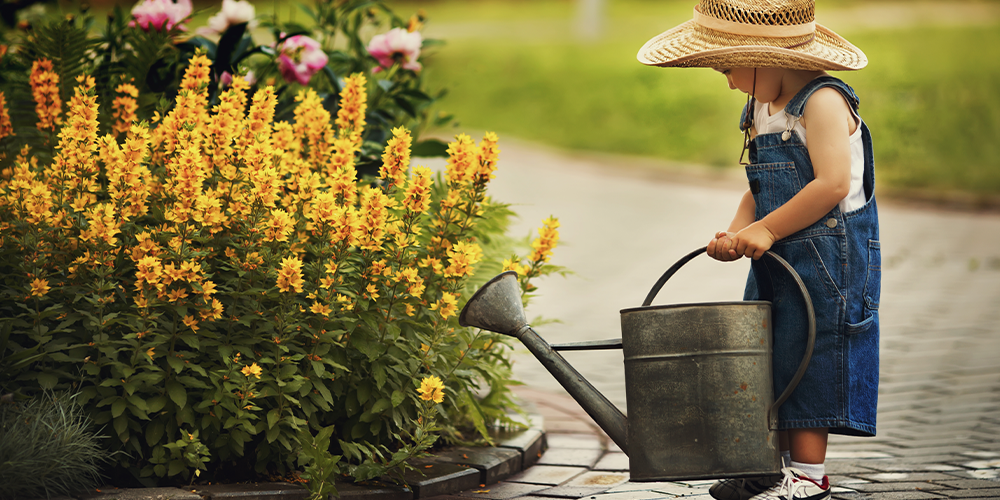We’re letting you know that this post contains sponsored links which Your Savvy Purse receives compensation for, which may impact their order of appearance.

Hello, fellow green thumbs! 🌿 Summer is winding down, but that doesn’t mean your garden has to! With the right care, you can transition smoothly into fall and keep your garden thriving. Whether you’re a home gardener, plant enthusiast, or trying your hand at urban gardening, these end-of-summer tips are for you. Let’s dig in!
1. Master Water Management
As summer heat gives way to cooler days, adjusting your watering routine is crucial. You don’t want to drown your plants or leave them parched. Here’s how:
- Monitor Soil Moisture: Stick your finger about an inch into the soil. If it feels dry, it’s time to water. Remember, the top layer can dry out faster than what’s below.
- Water Early or Late: Watering early in the morning or late in the afternoon minimizes evaporation and ensures plants get a good soak.
- Focus on Roots: Direct water at the base of plants to nourish the roots where it’s needed most.
2. Battle Pests and Diseases
Late summer heat can invite unwelcome guests to your garden party. Here’s how to keep pests and diseases at bay:
- Inspect Plants Regularly: Look for signs like yellowing leaves or holes. Catching problems early makes them easier to manage.
- Natural Remedies: For pests, try spraying a mild soap solution weekly. For diseases, remove affected foliage and improve air circulation with proper spacing.
- Encourage Beneficial Insects: Ladybugs and lacewings love munching on aphids and mites—your natural pest control squad!
3. Nourish with the Right Nutrients
Giving fall vegetables and evergreen shrubs a nutrient boost now sets them up for success.
- Compost and Mulch: Add a layer of compost to provide essential nutrients and mulch to retain moisture and regulate soil temperature.
- Fertilize Wisely: Use a balanced, slow-release fertilizer to support steady growth. For veggies, consider a formula high in phosphorus to boost root development.
- Test Your Soil: A simple soil test can guide you in adding any missing nutrients, ensuring your plants get what they need.
4. Guard Against Early Frosts
Unpredictable temperatures can sneak up on you. Be prepared to protect your plants from cold snaps.
- Cover Up: Use row covers or old sheets to shield sensitive plants from frost. Ensure covers extend to the ground to trap heat.
- Move Indoors: Potted plants? Consider bringing them inside or placing them in a sheltered spot overnight.
- Watch the Weather: Keep an eye on local forecasts so you’re not caught off guard by sudden temperature drops.
5. Prune and Prepare
Pruning might seem counterintuitive, but it’s key to keeping your garden looking lush and healthy.
- Deadhead Regularly: Remove spent blooms to encourage new growth and prolong the blooming season.
- Shape Up: Trim back overgrown branches on evergreen shrubs to maintain their shape and size.
- Clean Up Debris: Clear fallen leaves and plant debris to reduce disease risk and improve garden aesthetics.
Ready to put these tips into action? Your garden will thank you with vibrant blooms and bountiful harvests as we head into fall!
Call to Action: We’d love to hear about your gardening adventures! Share your favorite end-of-summer gardening tip in the comments below. And if you have any questions or need personalized advice, don’t hesitate to reach out. Let’s keep our gardens growing, one season at a time! 🌺🥦



